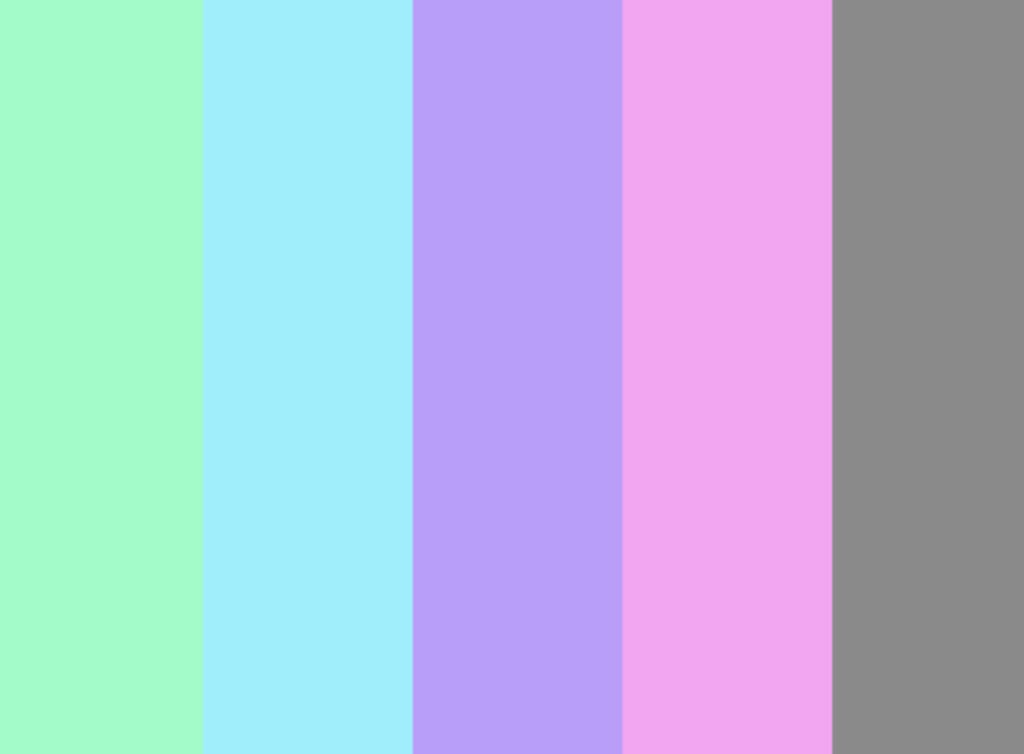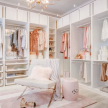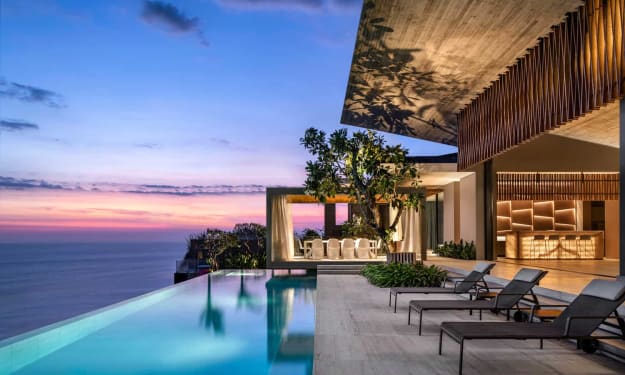Pastel Colors and Neon Colors: From Tranquility to Vibrancy
A Exploratory Look Into Two Popular Color Palettes

Pastel Colors and Neon Colors: Two Opposite Ends of the Color Spectrum
Colors have the power to evoke emotions, convey moods, and communicate meaning. From the way we dress to the colors we use in our home decor, colors are an integral part of our everyday lives. And when it comes to color choices, there are a myriad of options to choose from. Two distinct color palettes that have taken the center stage in recent years are pastel colors and neon colors. While they are at opposite ends of the spectrum, both pastel and neon colors have gained immense popularity in fashion, design, and art. Let's take a closer look at these trendy color palettes and their characteristics.
What are Pastel Colors and Their Characteristics?
Pastel colors are soft, muted hues that are often described as pale, desaturated, or washed-out shades of colors. They are created by adding white to the pure color, resulting in a lighter version. Pastel colors evoke a sense of tranquility, elegance, and refinement. They are often associated with spring, femininity, and nostalgia. Some of the most popular pastel colors include pale pink, baby blue, lavender, mint green, and lemon yellow.
One of the reasons pastel colors are widely used in fashion is their versatility. Pastel shades can be used in different contexts to achieve different effects. For instance, a pale pink dress can be styled to create a romantic, feminine look, or paired with black leather jackets and boots for a more edgy look. Pastel colors are also popular in home decor, particularly in bedrooms and living rooms. Soft pastel hues such as light blue, pink, and lavender can create a calming and soothing environment, while adding a touch of elegance and sophistication.
What are Neon Colors and Their Characteristics?
Neon colors are bright, vivid, and highly saturated colors that are hard to miss. They are created by mixing pure colors with a fluorescent pigment, resulting in eye-catching hues that seem to glow in the dark. Neon colors are often associated with energy, excitement, and vibrancy. They are popular in fashion, particularly in streetwear and activewear, as well as in graphic design, art, and music. Some famous neon hues include lime green, electric blue, hot pink, and neon yellow.
One of the reasons neon colors are popular is their ability to grab attention. Their saturation and brightness make them great for advertising, signage, and packaging. They are also popular in sports, particularly in running and cycling gear, as they make athletes more visible and recognizable in low-light conditions. Neon colors are also associated with the 1980s and 1990s nostalgia, as they were popular during that era and have made a comeback in recent years.
Why are Pastel Colors and Neon Colors So Popular?
Pastel colors and neon colors are two of the most popular color palettes today, and for good reasons. Let's explore some of the factors that have contributed to their popularity.
Trends
One of the primary reasons pastel colors and neon colors are popular is their trendiness. Colors, like fashion trends, are constantly evolving. Pastel and neon hues have been at the forefront of fashion and design trends in recent years, and it's easy to see why. These colors are versatile, fun, and Instagram-worthy, making them perfect for social media and aesthetics-driven markets.
Emotional Appeal
Colors evoke emotions, and pastel and neon colors are no exception. Pastel colors are associated with calmness, serenity, and elegance, while neon colors are associated with energy, excitement, and positivity. Both color palettes appeal to our emotions and can influence our mood and behavior. The psychology of color has played a significant role in the choice of these colors and how they are used in various settings.
Nostalgia
Another contributing factor to the popularity of pastel and neon colors is nostalgia. These color palettes harken back to different eras and are associated with feelings of nostalgia and comfort. Pastel colors are reminiscent of the 1950s and 1960s, while neon colors remind us of the 1980s and 1990s. The resurgence of these colors today is partly due to the desire to relive these memories and feelings of nostalgia.
Cultural Diversity and Inclusivity
Pastel and neon colors are also popular because of their inclusive nature. These color palettes are available in a wide variety of skin tones, and the use of these colors promotes inclusivity and diversity. This has made these color palettes popular in fashion, beauty, and home decor, as they cater to a wide range of audience and preferences.
In conclusion, pastel colors and neon colors are two of the most popular color palettes today. Both color palettes have distinct characteristics, evoke different emotions, and appeal to different audiences. Whether one prefers soft, pastel hues or bold, neon shades, one cannot deny that these color palettes have left a significant impact on fashion, design, and art, and will continue to do so in the future.
About the Creator
Feathermoon
-all of my articles aren’t sponsored
-freelance writer
-essie (keala) :D
-follow me on medium! effiekeala.medium.com
-bay area






Comments
Feathermoon is not accepting comments at the moment
Want to show your support? Send them a one-off tip.